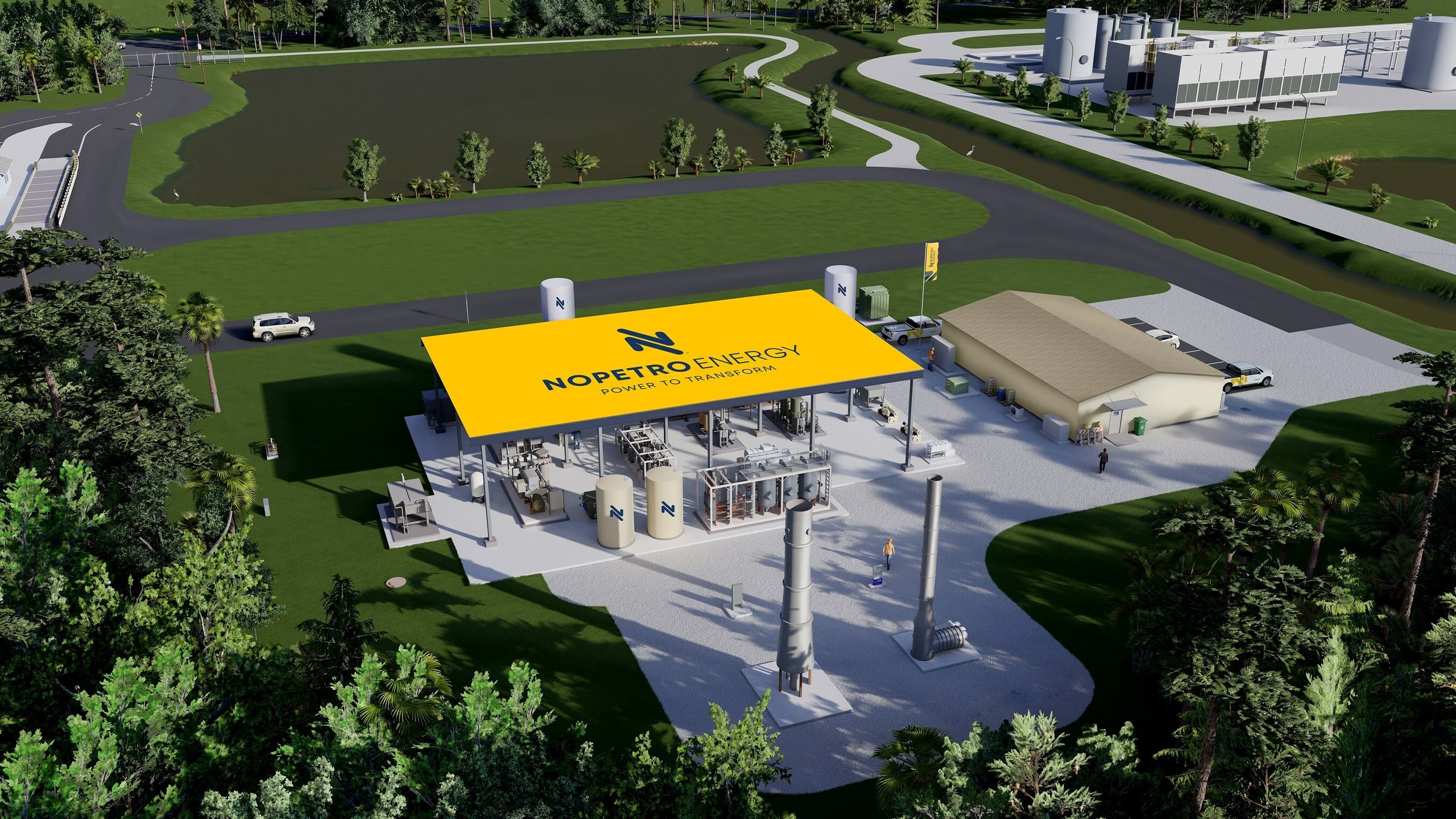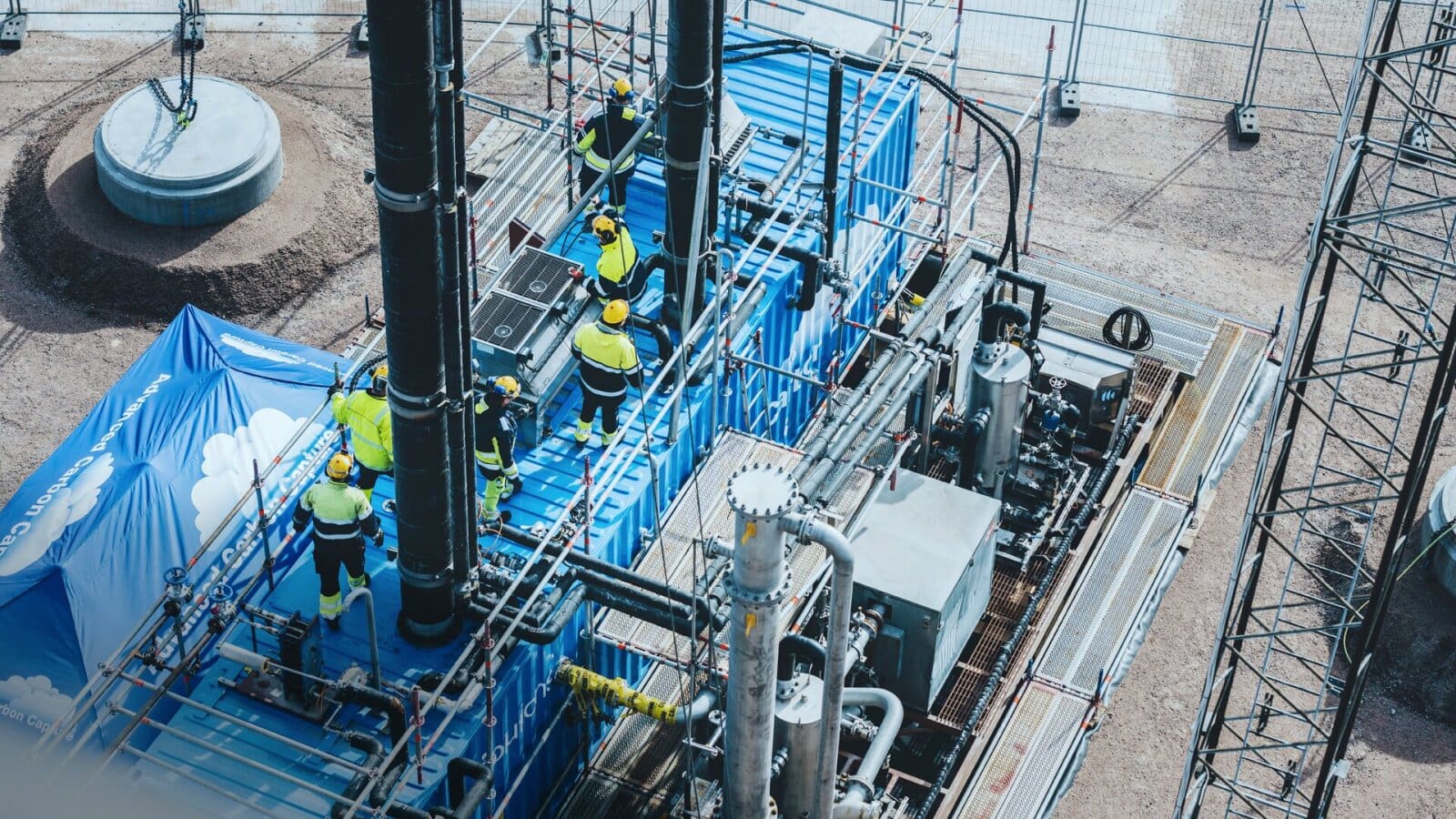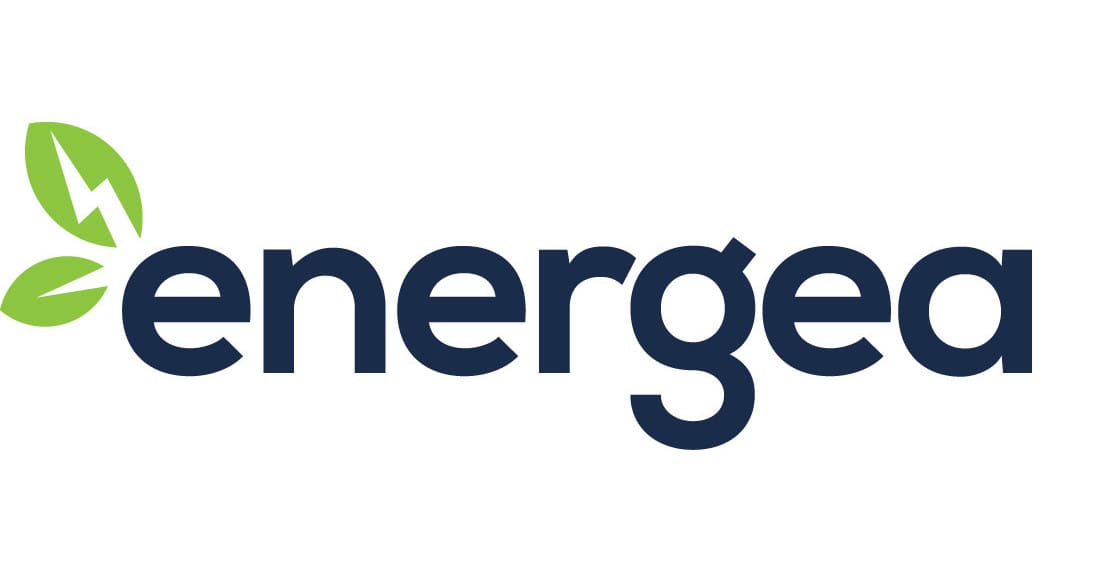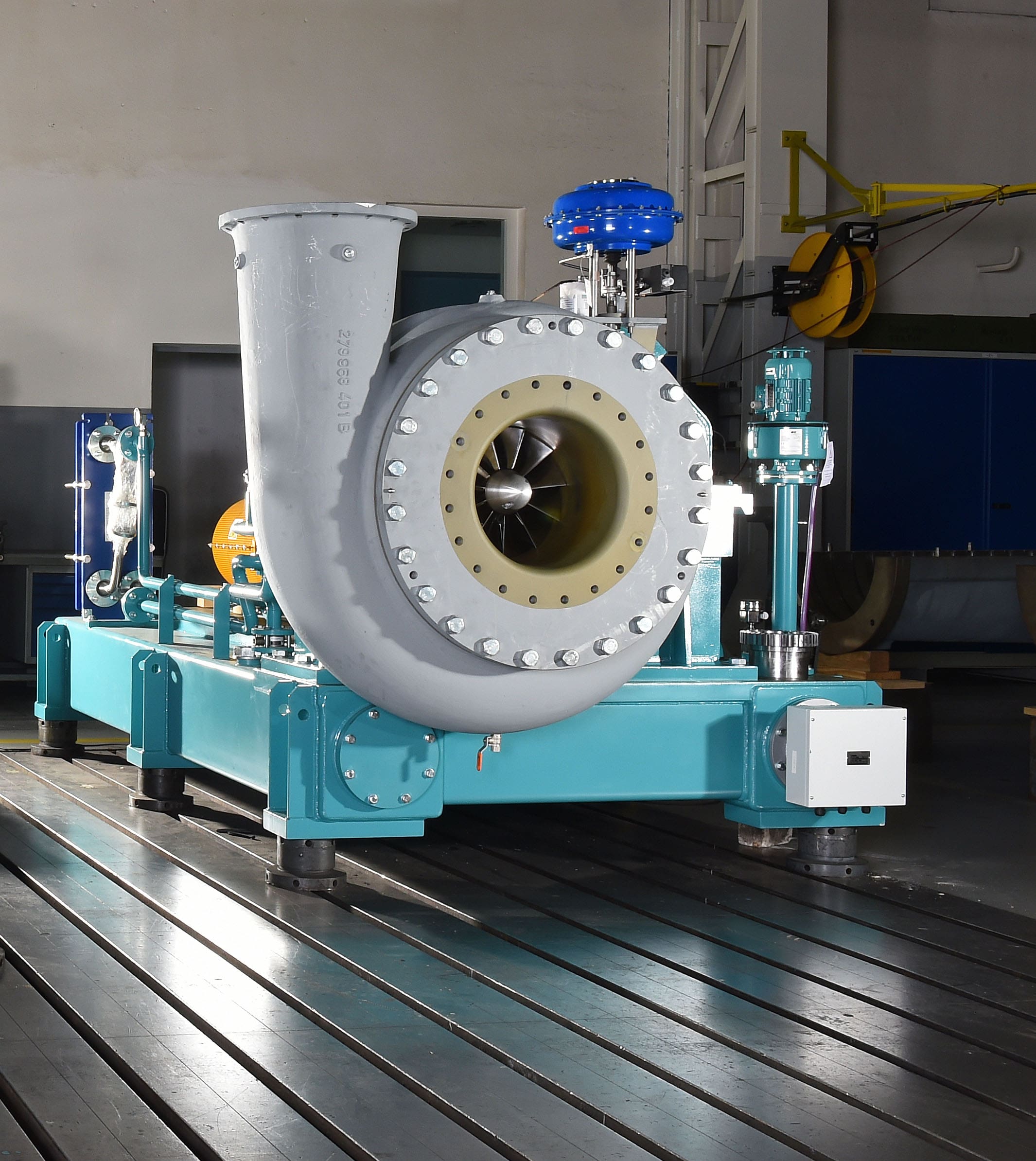Sinopec, China’s state-owned energy company, has unveiled plans to build the country’s first long-distance hydrogen pipeline. The West-To-East Demonstration Pipeline will travel more than 250 miles (402 km), stretching from Ulanqab in the Inner Mongolia autonomous region to Sinopec’s Yanshan petrochemical processing plant in Beijing. The pipeline will be the nation’s first cross-regional, large-scale transmission pipeline for pure hydrogen.
The pipeline’s transmission capacity is designed for 110,231 tons (100,000 tonnes) at startup, with a long-term capacity of 551,156 tons (500,000 tonnes) planned. Various connection points have been designed for potential sources of hydrogen to be fed into the system. The pipeline and its sub-branches will form a key part of the decarbonization effort in the highly urbanized region that it will supply, which has a population of 110 million.
According to Sinopec, when completed, the project will lower the transport cost of hydrogen, a key barrier to faster green hydrogen development in China. Expensive and inefficient trucking is still the mainstay for long-distance hydrogen transport.
Beijing plans to have renewable energy contribute 14% of the capital city’s energy consumption by 2025, and for green electricity imports to double from 2020 levels. This helps China complete its dual goals: reach peak carbon emissions by 2030 and become carbon neutral by 2060. Under China’s first hydrogen strategy unveiled a year ago, China expects to have 50,000 hydrogen fuel-cell electric vehicles on the road and produce 110,231 to 220,462 tons (100,000 to 200,000 tonnes) of green hydrogen per year by 2025.
According to the International Energy Agency, hydrogen production in China reached around 36.4 million tons (33 million tonnes) in 2020, or 30% of the world’s total, but about two-thirds of it was produced by coal. Natural gas-generated hydrogen, or blue hydrogen, accounted for 19% of the total, while green hydrogen only accounted for 1%.
Meeting Demand
The China Hydrogen Alliance estimates that China’s hydrogen demand will reach 38.6 million tons (35 million tonnes) per year by 2030, from 22 million tons (20 million tonnes) now, and 66 million tons (60 million tonnes) by 2050.
Sinopec has become one of the largest hydrogen suppliers in China, with an annual hydrogen production capacity of more than 3.9 million tons (3.5 million tonnes), accounting for about 14% of the total output across the country. Earlier this year, it announced it will build a green hydrogen plant in the Inner Mongolian city of Ordos, with a planned annual capacity of 33,069 tons (30,000 tonnes). The company also launched a green hydrogen project in Kuqa in the western Xinjiang region in 2021.
As the world’s largest emitter of greenhouse gases, China is looking to hydrogen to help reduce carbon emissions. “Development of hydrogen is an important move for the energy transition and a great support for China’s carbon peak and carbon neutrality goals,” said Wang Xiang, deputy director of the High Technology Department at the National Development and Reform Commission.

















